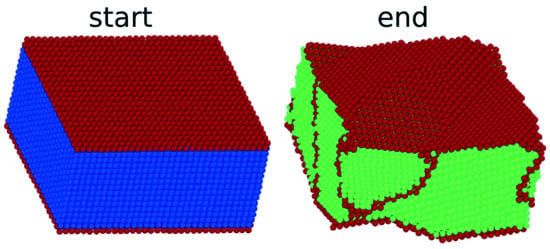Influence of the Crystal Surface on the Austenitic and Martensitic Phase Transition in Pure Iron
Abstract
Share and Cite
Meiser, J.; Urbassek, H.M. Influence of the Crystal Surface on the Austenitic and Martensitic Phase Transition in Pure Iron. Crystals 2018, 8, 469. https://doi.org/10.3390/cryst8120469
Meiser J, Urbassek HM. Influence of the Crystal Surface on the Austenitic and Martensitic Phase Transition in Pure Iron. Crystals. 2018; 8(12):469. https://doi.org/10.3390/cryst8120469
Chicago/Turabian StyleMeiser, Jerome, and Herbert M. Urbassek. 2018. "Influence of the Crystal Surface on the Austenitic and Martensitic Phase Transition in Pure Iron" Crystals 8, no. 12: 469. https://doi.org/10.3390/cryst8120469
APA StyleMeiser, J., & Urbassek, H. M. (2018). Influence of the Crystal Surface on the Austenitic and Martensitic Phase Transition in Pure Iron. Crystals, 8(12), 469. https://doi.org/10.3390/cryst8120469





